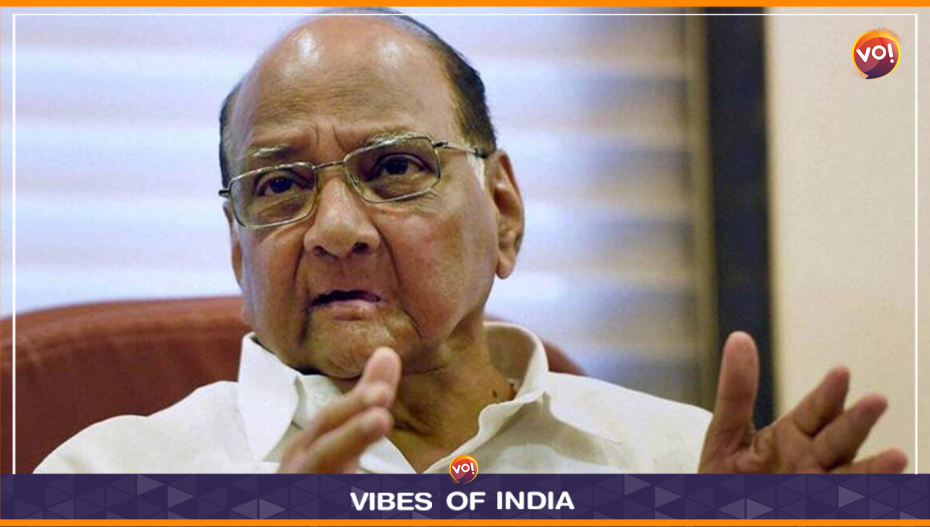Deeming the Congress still a potent force, with substantial support base for Rahul Gandhi, veteran leader Sharad Pawar suggested that regional parties will move closer or, in some cases, even merge with the grand old party.
A former Union minister and ex-Congress man Pawar said, “In the next couple of years, several regional parties will associate more closely with the Congress. Or they may look at the option of merging with the Congress if they believe that is the best for their party.”
The NCP patriarch’s remarks come when many regional parties are witnessing a transition of power to second generation leaders — from the patriarchs who founded these outfits (SP, RJD, LJP, YSRCP, TDP, BRS) to their sons or daughters who are increasingly coming under attack for alleged corruption and dynastic rule and may look for a wider umbrella under which they fight their battles.
The 83-year-old leader further said, there was an “undercurrent” against the ruling party in Maharashtra in the ongoing election. This, he had heard, was also the case in some other parts of the country “like UP”.
Speaking of what differentiated the 2024 elections from earlier ones, Pawar said, “A sizeable section of the political parties don’t like the BJP and (Narendra) Modi, and they are beginning to come together (meaningfully).”
“Desh ka mood Modi ke khilaaf ho raha hai,” Pawar went on. (The mood in the country is turning against Narendra Modi) “And we are moving in a positive direction, following the ideas of Gandhi and Nehru.”
There was another difference between 2019 and 2024, he said. “Many more younger people,” he said, “are associating themselves with the Opposition parties compared to last time.”
The situation, Pawar said, could become like that of the Janata Party (in 1977) — which was formed after the elections were announced with different parties coming together, and they went on to form the government.
Then, as now, the Opposition had not announced its PM candidate before the elections—Morarji Desai was chosen the PM subsequently (by Jayaprakash Narayan and JB Kripalani after talking to MPs of different parties which had merged to form the Janata Party).
“Today Rahul Gandhi’s acceptance is more than that of Morarji Desai in 1977,” Pawar said. “He enjoys a substantial support within his own party—unlike Desai.” Rahul Gandhi, Pawar went on, has been “building a rapport with all of us (in the regional parties) ”
“People feel he sincerely wants to bring together like-minded people.” Pawar recalled how Rahul had called on him and they had held serious discussions on a host of subjects. “That was not the way Morarji Desai used to function.”
“All I am saying is that the situation demands that we work together, that is the general thinking (in the Opposition) – and we should give a stable government if we are elected.”
Pawar’s remarks about the emergence of a more bipolar polity acquire significance coming as they do from a leader like him. For few political figures have had both the protagonist’s and antagonist’s view of the Congress as he does.
In 1978, he broke away from the Congress to become the youngest Chief Minister of Maharashtra at the head of a coalition government with the Janata party. He returned to the Congress in 1987 and became CM of Maharashtra in 1988, this time at the head of a Congress government. In mid-1999 he parted company with the Congress over Sonia Gandhi’s foreign antecedents — and formed the Nationalist Congress Party.
Only months later, the pragmatic Pawar joined hands with the Congress to form a government in Maharashtra to counter the politics of the BJP-Shiv Sena alliance in the state. Pawar served as Agriculture minister in the UPA government (2004-2014) led by Manmohan Singh.
Also Read: At 64.4%, Voter Turnout Dips Again In Third Phase Polling Compared To 2019 Elections












